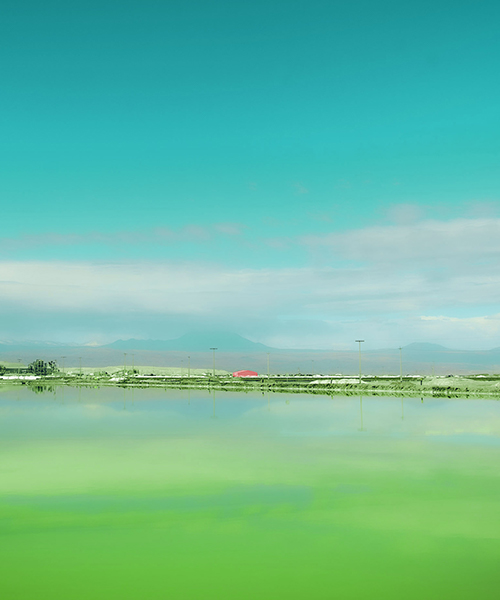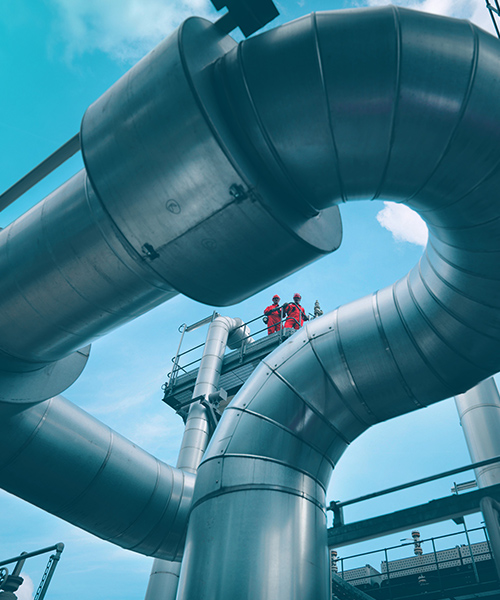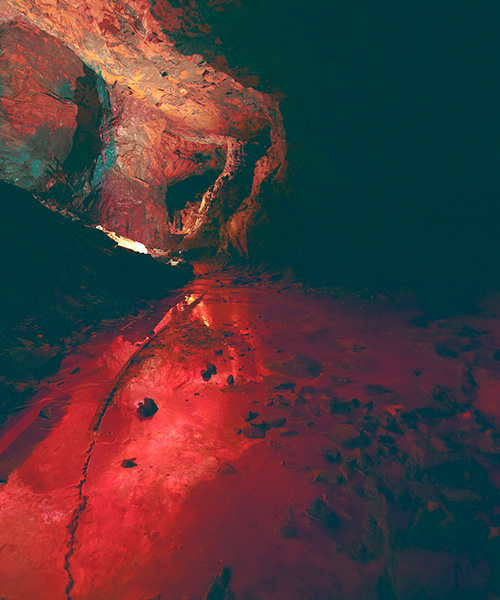In many copper mining regions, water is scarce. What steps can copper miners take to reduce their water footprint?
Chile is the world leader for copper production, accounting for just over 24 percent of global output in 2022, or around 5.4 million tonnes.
But even with this large production volume, demand could far exceed global supply as decarbonization and electrification accelerate.
S&P Global predicts global copper shortages may reach 9.9 million tonnes by 2035. And despite worldwide refined copper production reaching 25.4 million metric tonnes in 2022, the refined copper market was 333 kilotonnes in deficit.
“This is a supply gap we can’t afford,” says Simon Yacoub, Sector Lead, Mining, Minerals and Metals for the Americas. “But we can’t fill it with water intensive mines. The next decade of copper mine development must have strong environmental, social and governance (ESG) credentials.”
The importance of responsible water usage
Fresh water needs to go to local communities first. This means copper miners must find alternative water supplies and make better use of each liter of water consumed. And with many mines designed when less consideration was given to water scarcity, retrospective changes are necessary.
“There are several motivators to reduce water consumption,” says Yacoub. “The first is water stewardship. Another is cost. The drier we can make a mine, the lower the cost of production and the less the requirement to rehabilitate for closure.”
Currently, to keep Chile’s existing copper mines operational and increase the volume they produce, millions of cubic meters of seawater is desalinated and pumped inland. Sometimes up more than 4,000 meters of elevation. This consumes a lot of power and adds billions of dollars to a project’s capital and operating costs.
“The challenge is reducing a mine’s water use while simultaneously processing larger amounts of material. As the demand for copper increases, technology will be the single greatest enabler of a drier mine. But it’ll be a combination of steps that form the water saving story,” says Yacoub.
Identifying higher grade copper ore for less water intensive processing
To scale up copper production without using more water, miners need to process consistently higher grade material. And technology can help to identify it.
“Copper processing plants have always been more efficient at producing waste than producing copper,” says Chris Beal, CEO of NextOre, our joint venture with Australia’s Commonwealth Scientific and Industrial Research Organisation (CSIRO) and with RCF Ambrian.
“If a plant’s feed grade is 0.50 percent copper, which is common, each tonne of copper will make at least 197 tonnes of waste by the time it ends up as pure metal. And the more material that’s processed, the more water is involved,” he says.
“A conventional copper processing plant uses between 0.45 and 0.6 cubic meters (m3) of water per dry tonne of ore. So, for a 50,000 t/d ore copper mine, this will consume around 30,000 m3 of fresh water a day. That’s enough to fill an 80,000 seat stadium, like Brazil’s Maracanã, full of water in about seven weeks.”
Bulk ore sorting technologies, such as NextOre, which uses magnetic resonance (MR) technology to provide near instantaneous whole-of-ore grade estimates, make sure only the higher grades of ore are processed. This means less waste, and less water consumption. And as a result, processing plants can increase throughput while staying the same size, or smaller.
Saving water through a coarser grind
Once the higher ore grade is selected, it needs to be ground. The average grind size of copper ranges from 50 microns – around the same size as a grain of talcum powder – to about 200 microns.
“A coarser grind is achievable in the milling circuit, with a primary grind of ~300 microns,” explains Yacoub. “That’s about the same as the coffee for your morning espresso, with only minor changes to the grinding circuit.”
After grinding, the material then undergoes flotation to separate the minerals from the waste. Maintaining the level of rougher recovery allows metallurgists to process particles that were traditionally too coarse to float and were lost to tailings. And coarser grinding allows water to drain from the tailings faster and more completely, leading to better water recovery.
“Alternate coarse particle floatation technology is ready for industry wide adoption. And the other benefit is that it reduces the amount of energy used to grind it.”
Water saving techniques to manage waste material
Tailings dams represent the largest water loss at a mine site. Operators therefore want to move away from water retaining structures. And dry stacking represents an alternative.
Dry stacking involves taking the water out of tailings through filter presses. Despite retaining 10-20 percent moisture, the material acts as a solid and can be transported to a storage area, either above ground or back within the mine. Compared to wet tailings dams, this process can reduce net water loss by approximately 40 percent, allowing the water reclaimed from the filter operation to be recycled to the process plant.
“Dry stacking may seem less economical in some parts of the world due to the cost of filtration, but less so in arid regions experiencing high water stress,” says Yacoub. “For example, a desalination option in the Chilean desert can result in water that costs approximately USD $5 per m3. That’s expensive, so in this scenario, dry stacking may become a more economically and environmentally sustainable option.”
Maintaining social license with a lower water footprint
With each new copper mine, and each additional tonne of copper extracted from existing mines, the more pressing the need to save water becomes.
“It’s all about aiming for a sustainable model,” says Yacoub. “And wherever there is water scarcity, we need to recover as much water as possible at every stage of the mining process.”
With the copper supply gap rapidly becoming a reality and water stewardship becoming more traceable, demonstrating the sustainable use of water is important.
“In most regions, water is among the most pressing challenges miners are facing,” says Yacoub. “But if we proactively respond through water saving projects, the industry can deliver significant ESG benefits as well as reduced production costs.
“In addition to enabling the energy transition through increased copper output, the mining industry can also operate as responsible water stewards within the communities and environments which host us.”




